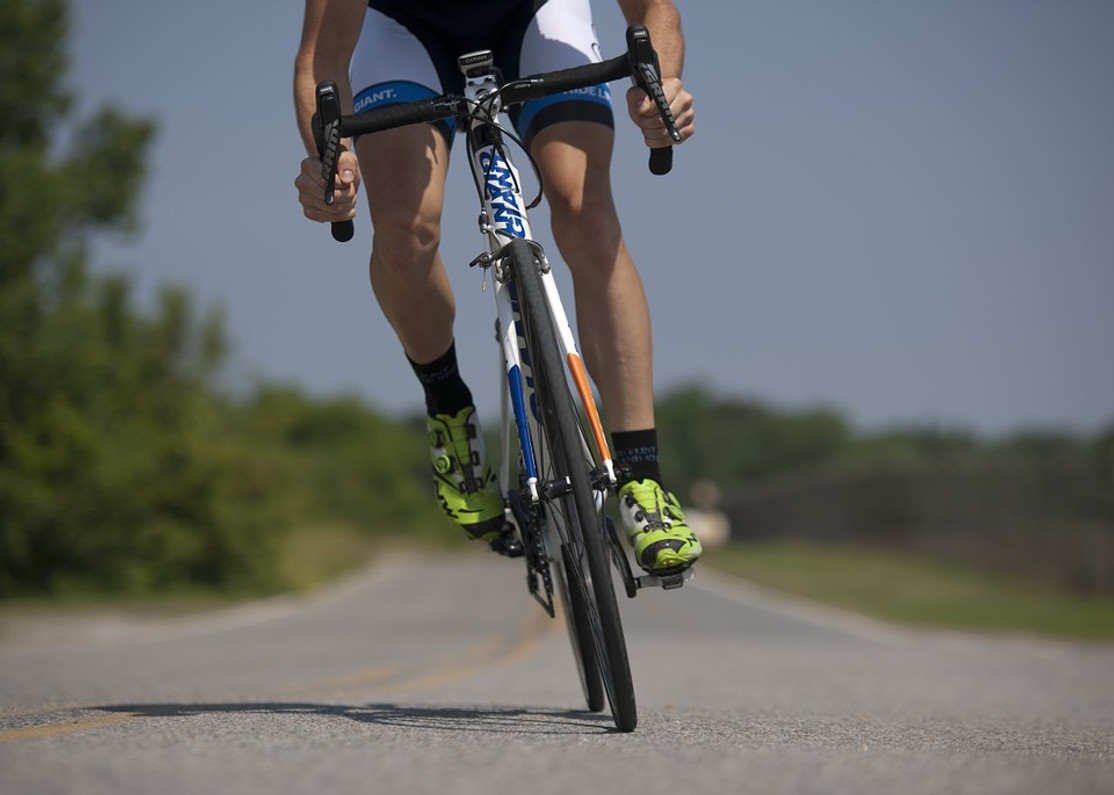6 Cycling Safety Tips to Protect Against Injury

Cycling is both a fun and rewarding method of transportation, but it doesn't come without the risk of injury. Each year, thousands of people are injured while cycling. While some of these injuries consist of nothing more than scrapes and cuts, others are more severe and long-lasting. There are ways, however, to lower your risk of injury when cycling.
#1) Wear a Helmet
Perhaps the most important safety tip to follow when cycling is to always wear a helmet. In the United States, roughly two dozen states have helmet laws. Even if your state doesn't require it, though, you should still wear a helmet to protect against potentially fatal head injury when cycling.
#2) Use Bike Lanes
If there's a bike lane present, use it rather than the road. Not surprisingly, research shows that cities with dedicated bike lanes have lower rates of cycling-related injury than cities without dedicated bike lanes.
#3) Wear Reflective Gear
Another tip to lower your risk of injury when cycling is to wear reflective gear. Without reflective gear, motorists may not see you. And if a motorist doesn't see you cycling, he or she may unintentionally strike you. By wearing reflective gear, you'll make yourself more visible to cyclists, which will subsequently lower your risk of injury.
#4) Ride on the Right Side of the Road
If there isn't a bike lane, ride your bike on the right side of the road so that you are going "with" the flow of traffic. Some people assume that it's safer to ride on the left side of the road so that they see oncoming vehicles. In reality, though, it's safer to ride on the right side of the road, as it lowers the risk of a head-on collision.
#5) Scan Road for Hazards
Don't forget to scan the road for the hazards while cycling. Rocks, broken pavement, trash or other debris pose a serious hazard when cycling. If you don't see it, you may ride your bike over it, which may send you falling to the pavement. If you see a hazard in the road, take cautious evasive action to avoid it.
#6) Choose Safe Routes
It's important to choose safe routes for your cycling activities. In other words, don't just ride down winding paths with little or no space. Instead, choose flat and open routes that provide plenty of space for both you and motorists.
Recent Posts
-
Fire Safety in the Workplace: What You Need to Know
What steps are you taking to prevent fires in your workplace? According to the U.S. Occupational Saf …Aug 23rd 2023 -
Is It Safe to Go Jogging With a Cold Infection?
If you're suffering from a cold infection, you might be wondering whether it's safe to go jogging. T …Aug 22nd 2023 -
5 Safety Tips to Follow When Using a Powder-Actuated Tool
Powder-actuated tools are commonly used to join materials to steel and concrete. Also known as Hilti …Aug 20th 2023




